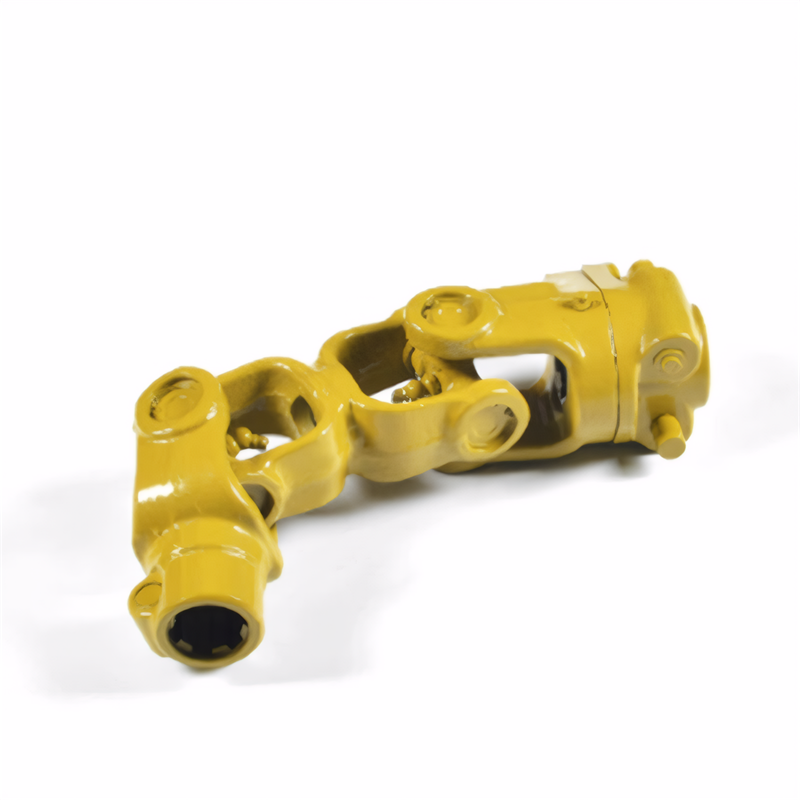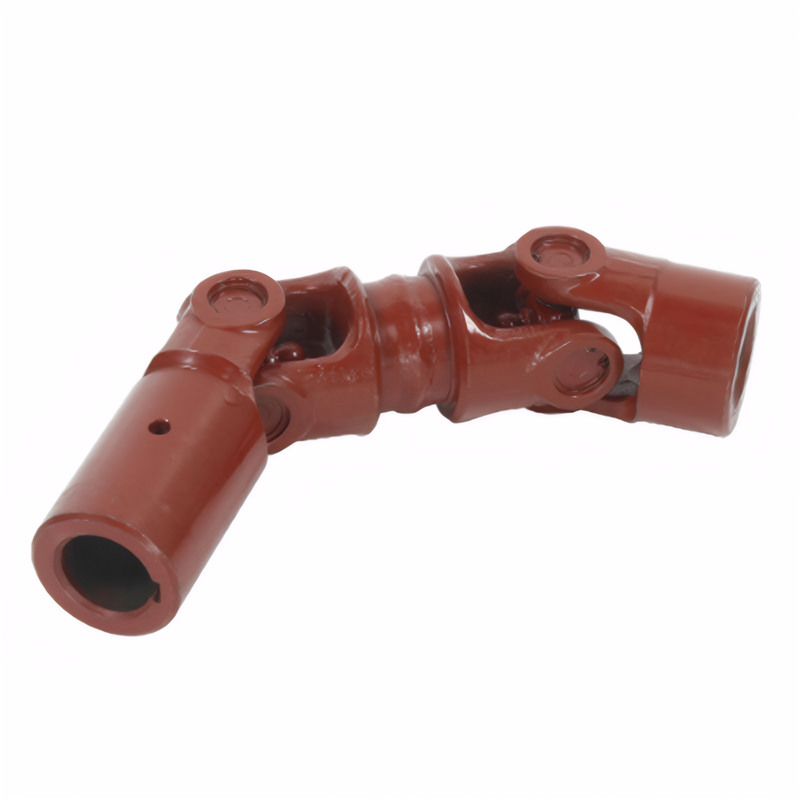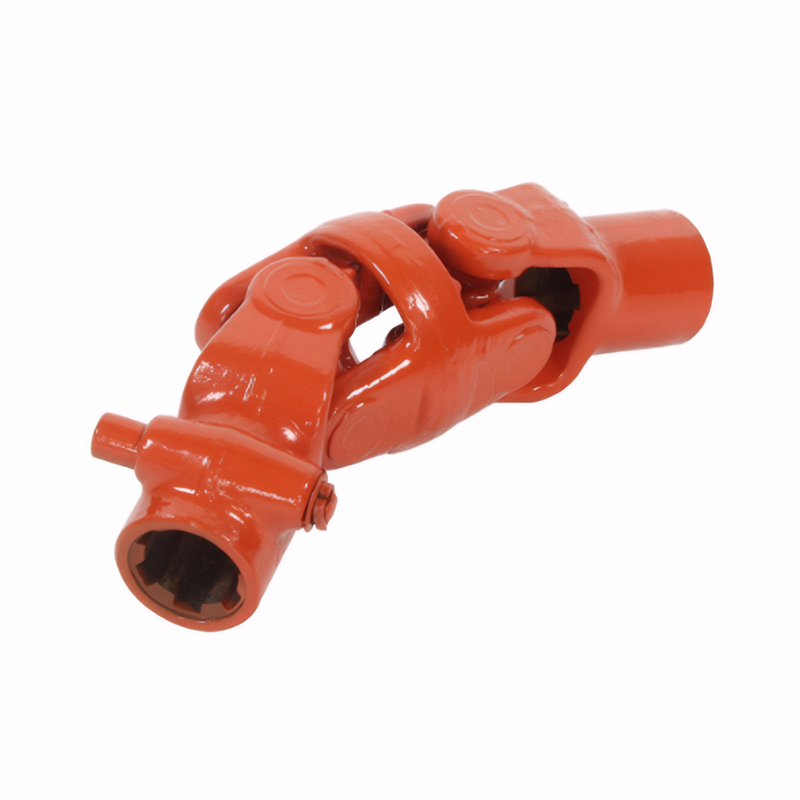Repair methods for drive shaft vibration and key points of CNC processing services for plastic products
Repair Methods for Transmission Shaft Vibration and Key Points of CNC Machining Services for Plastic Products
Repair Methods for Transmission Shaft Vibration
Identifying the Root Cause of Vibration
The first step in repairing a vibrating transmission shaft is to accurately identify the root cause. Vibration can stem from various issues. One common cause is imbalance in the shaft. This can occur due to uneven distribution of mass, perhaps from damage to the shaft itself or the accumulation of dirt and debris on its surface. Another potential cause is misalignment of the transmission shaft with other connected components, such as the differential or the engine output shaft. Worn - out universal joints are also a frequent culprit; as the bearings inside the joints wear down, they can cause excessive play and vibration. Additionally, damaged or improperly installed driveshaft center support bearings can lead to vibration problems.
Balancing the Transmission Shaft
If the vibration is due to an imbalance in the shaft, balancing is the appropriate repair method. This process involves adding or removing mass from the shaft to ensure that its center of mass coincides with its geometric center. One way to do this is by using a dynamic balancing machine. The shaft is mounted on the machine, which spins it at high speed. Sensors on the machine detect any imbalance, and the operator can then add small weights at specific locations on the shaft to counteract the imbalance. Another method is static balancing, which is suitable for simpler shafts. In static balancing, the shaft is placed on knife - edges or similar supports, and weights are added to the heavier side until the shaft remains level.
Realigning Components and Replacing Worn Parts
When misalignment is the cause of the vibration, realignment of the transmission shaft and its connected components is necessary. This typically requires using precision measurement tools, such as dial indicators and laser alignment systems. The technician will measure the relative positions of the shaft and the components it connects to and make adjustments to ensure proper alignment. If worn - out universal joints or driveshaft center support bearings are the issue, they should be replaced. When replacing universal joints, it is important to use high - quality parts and follow the manufacturer's installation instructions carefully to ensure proper fit and function. Similarly, for the driveshaft center support bearing, make sure it is installed correctly and that the mounting bolts are tightened to the specified torque.
Key Points of CNC Machining Services for Plastic Products
Selecting the Right Plastic Material
The choice of plastic material is crucial in CNC machining services for plastic products. Different plastics have unique properties that affect their machinability, strength, and durability. For example, acrylonitrile - butadiene - styrene (ABS) is a popular choice due to its good impact resistance, dimensional stability, and ease of machining. Polyethylene (PE) is known for its excellent chemical resistance and low friction properties, making it suitable for products that will be in contact with chemicals or require smooth movement. When selecting a material, consider the specific requirements of the plastic product, such as the operating environment, load - bearing capacity, and aesthetic appearance.
Optimizing CNC Machining Parameters
To achieve high - quality plastic products through CNC machining, it is essential to optimize the machining parameters. These include spindle speed, feed rate, and depth of cut. The spindle speed should be set based on the type of plastic material being machined. For softer plastics, a higher spindle speed may be appropriate to prevent melting, while for harder plastics, a lower speed can help achieve a better surface finish. The feed rate, which determines how quickly the cutting tool moves through the material, also needs to be adjusted carefully. A too - high feed rate can cause chipping or poor surface quality, while a too - low rate can lead to excessive heat generation. The depth of cut should be chosen to balance productivity and the integrity of the machined part, ensuring that the tool does not cut too deeply and cause damage.
Ensuring Precision and Surface Finish
Precision is a key aspect of CNC machining for plastic products. The parts need to be manufactured to exact dimensions to fit properly with other components in the final assembly. This requires the use of high - precision CNC machines and accurate measurement tools, such as calipers and micrometers, to check the dimensions during and after machining. Surface finish is also important, especially for products that will be visible or in contact with other surfaces. To achieve a good surface finish, the cutting tools should be sharp and in good condition. Additionally, post - machining processes such as polishing or sandblasting can be used to further improve the surface quality, removing any tool marks or roughness.
Integration of Transmission Shaft Repair and Plastic CNC Machining Knowledge
Applying Precision Concepts from Plastic Machining to Transmission Shaft Repair
The emphasis on precision in plastic CNC machining can be applied to transmission shaft repair. When balancing a transmission shaft, for example, the same level of precision is required to ensure that the added weights are placed at the exact locations and in the correct amounts to eliminate the imbalance. Similarly, when realigning components, precise measurements are necessary to achieve the proper alignment, just as in the machining of plastic parts where exact dimensions are crucial for a proper fit.
Using Material Knowledge from Plastic Selection for Transmission Shaft Components
Understanding the properties of different materials from plastic selection can also be beneficial in transmission shaft repair. For instance, when choosing replacement parts for the transmission shaft, such as universal joints or bearings, knowledge of material properties like hardness, wear resistance, and corrosion resistance can help in selecting the most suitable components. This ensures that the repaired transmission shaft will perform reliably and have a long service life, similar to how the right plastic material selection contributes to the quality and durability of plastic CNC - machined products.
 Accuracy requirements for the
Accuracy requirements for the
 Selection of universal joint t
Selection of universal joint t
 Standard for coaxiality error
Standard for coaxiality error
 Requirements for the surface r
Requirements for the surface r
 简体中文
简体中文 English
English
